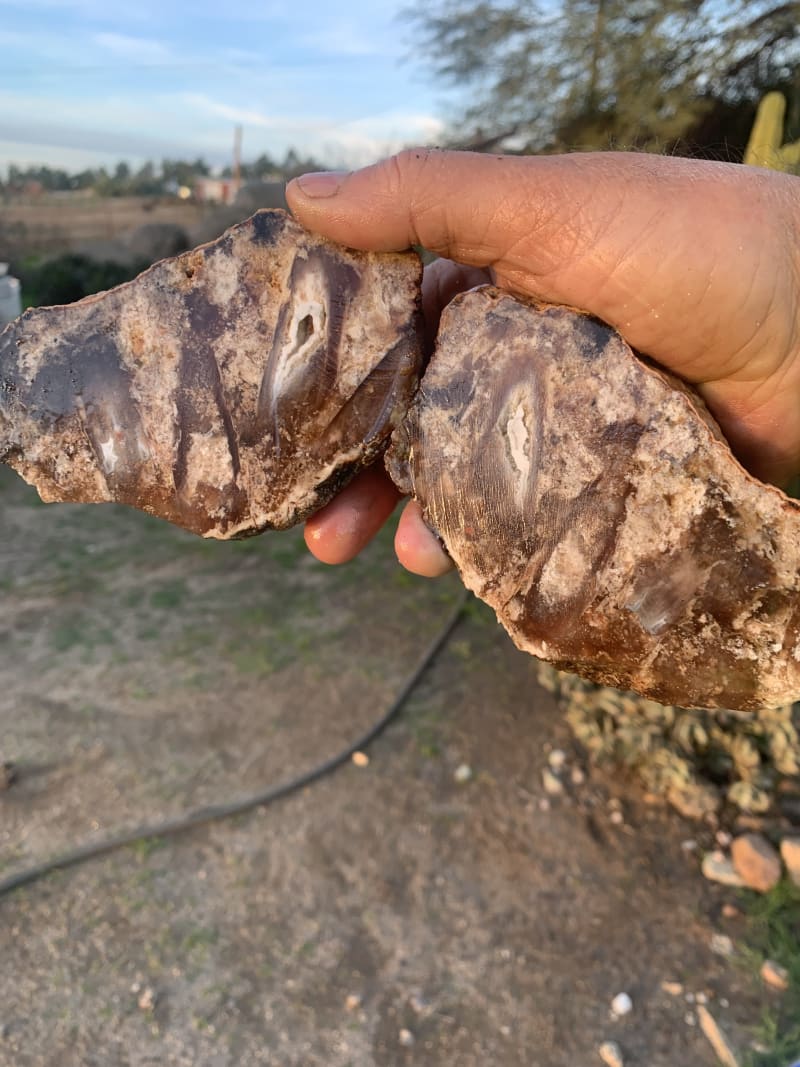quartzilla
Cave Dweller 
Member since April 2020
Posts: 1,240
|
Post by quartzilla on Mar 1, 2024 17:42:05 GMT -5
This was picked up on a field Trip to Kramer Hills. The area is known for palm bog, rarely palm root, and reeds. These look like seed pods on stalks to me. Let me know what you think. Sabre52 I bet you’ve been all over this area; seen anything like this before?  |
|
RWA3006
Cave Dweller 
Member since March 2009
Posts: 4,625 
|
Post by RWA3006 on Mar 2, 2024 11:53:38 GMT -5
I wish we had a good paleobotanist on this forum to answer questions like this. I would try to date the formation this fossil came from because that would help narrow down if it came from a gymnosperm, angiosperm or something else. The angiosperms developed mostly during the Cretaceous and went on to dominate afterwards.
Numerous mass extinction events have wiped out overwhelming majorities of life on earth and so it's more than plausible your fossil has no equivalent today. Yes, I think you are correct about what it is because structures like this are usually associated with reproduction.
|
|
quartzilla
Cave Dweller 
Member since April 2020
Posts: 1,240
|
Post by quartzilla on Mar 2, 2024 18:30:20 GMT -5
RWA3006 the rocks in the gemstone areas are of tertiary age in beds of chert in the Tropico Formation. Where a lot of this is found it looks very “ashy” and these “ashy” areas are a reliable indicator of the agatized palm bogs, jaspers, and opalite. Where I found this particular piece there was none of the ashy stuff but plenty of the boggy material. All of these materials are located within a few miles of the Key Kay Claim, a old pay to dig site for said materials and now on BLM land
|
|
|
|
Post by victor1941 on Mar 7, 2024 22:06:47 GMT -5
No real idea but will guess cycad seed pod sections.
|
|
Fossilman
Cave Dweller 
Member since January 2009
Posts: 20,722 
|
Post by Fossilman on Mar 12, 2024 10:58:57 GMT -5
The best thing to do is head over to your local university Geology dept. and get it ID'ed.. They'll do it for free...
|
|













